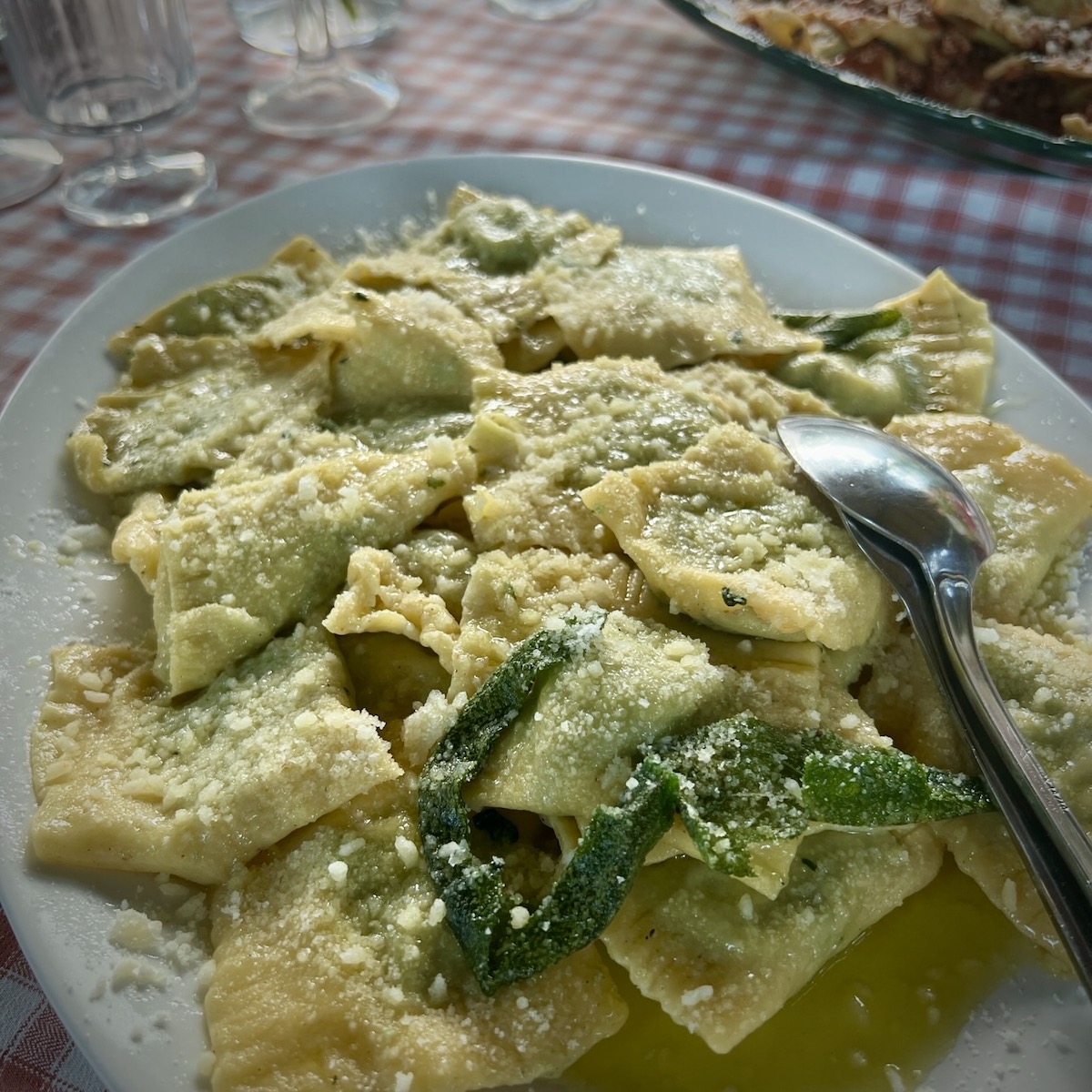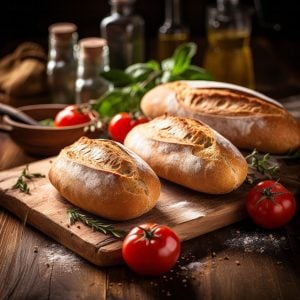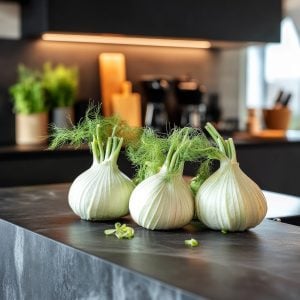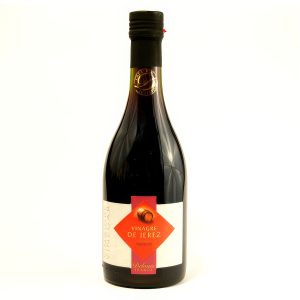How To Prep Garlic For Cooking
While in Italy, I was taught how to properly prep garlic for cooking. Let me start from the beginning.
I recently was in Italy, Tuscany, to be more precise, with my family and some friends to celebrate my daughter’s 2020 graduation from college. Yes, the Covid thing got in our way in 2020, 2021, and almost in 2022, but we were able to go and had an incredible time. The Italians know how to enjoy their food and wine. I didn’t want to come home.
At the villa we were staying at, about a 1 1/2 hour car ride from Rome, our housekeeper/cook prepared three dinners for us, including a cooking class. It was amazing to watch her make her native meals, including homemade spinach ricotta ravioli from scratch.
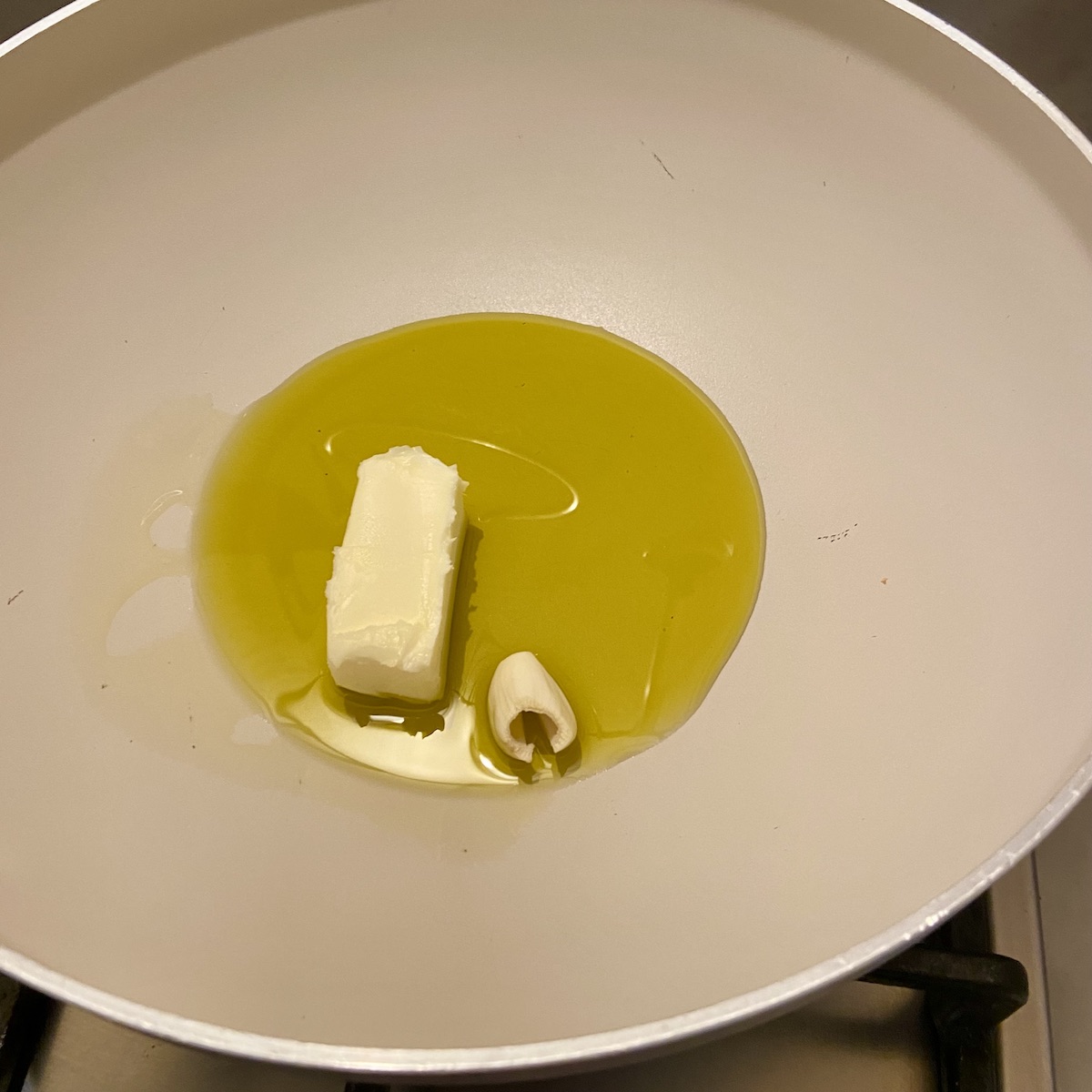
Prepping the Garlic for Sage Butter Sauce
Our villa chef, Anna, prepared two sauces for our ravioli, one of them being a sage butter sauce that was so delicious and easy to make at home. I’ll share that recipe upcoming. While she was prepping the garlic, I noticed after she removed the peel, she removed the center of the garlic clove (called the germ) along with the little sprout that is at the top of the germ.
As you can hear me say in the video, I’ve never seen that done before and I’ve read a lot of cookbooks and magazines. I asked Anna why she did this and it is to remove any bitterness the center of the garlic may have.
Doing a little research, I found out that when you are working with a young clove of garlic, the germ is small and tender. But as the garlic matures, the germ grows larger, turns green, and can become quite bitter.
Have you ever looked in the drawer you store your garlic and noticed some of the cloves have green sprouts popping out of them? These are the best candidates for removing the germ.
Technique for Prepping Garlic Before Cooking
As you can see from the video, the technique is easy. It may take you a couple of times to get the hang of it and a while longer to have it look as easy as Anna does it. Here are the steps.
- Using a small knife, like a paring knife (Anna used a curved bird’s beak peeling knife), remove the peel from the garlic clove.
- Carefully make a cut into the meatier side of the clove but not all the way through. You sort of butterfly the clove.
- With your knife and/or fingers, remove the center from each side of the clove, tossing the center and reserving the rest.
That’s it. Simple right?
My Observations
There will be times when you cut all the way through the garlic and you will have two pieces to work with. I’ve also noticed the garlic can come apart while you are removing the centers. Doesn’t matter. It’s about getting rid of the center, not how pretty the clove looks in the pan.
You may be asking why Anna didn’t just dice or finely chop the garlic. For this dish, she left the cloves whole because she removed them from the sauce before finishing and serving them with the ravioli. If you have a recipe calling for leaving the garlic in the sauce, just mince or dice after you remove the germ.
When I came back from Italy and needed garlic for a recipe, I tried this technique and noticed the germ was not as pronounced as the one in the video. I’m guessing the garlic was younger therefore smaller. It was still easy to remove but I need to research to see if it is necessary for younger cloves.
